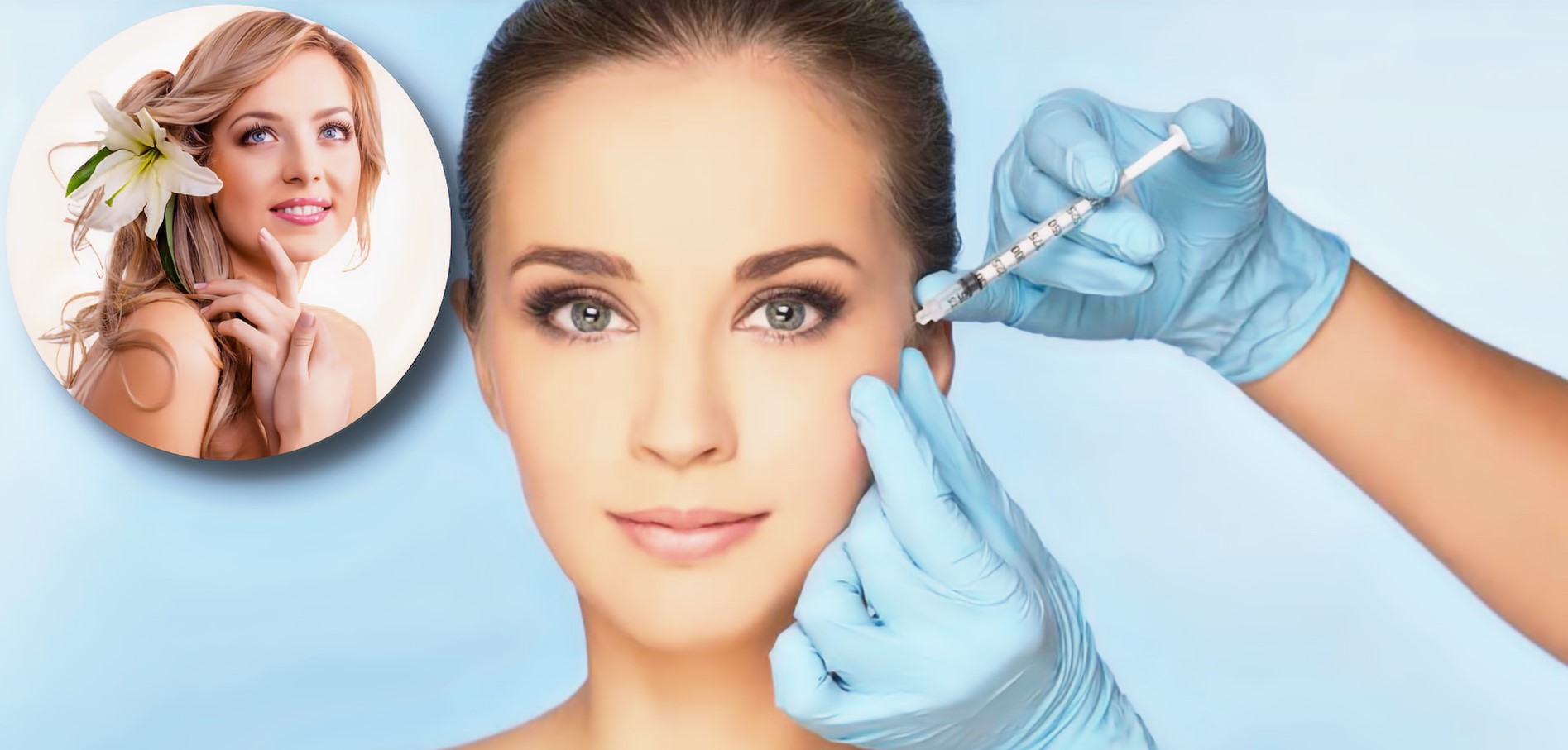
Lines and wrinkles show over time. Many people consider Botox. They wonder when to start. Is there a “perfect” age? The answer isn’t simple. It depends on your unique skin. Your genetics play a big role. Lifestyle choices also matter. Sun exposure contributes greatly. Prevention is key for many. Understanding its purpose helps decide.
Many people consider Botox.
The desire for smooth skin is common. Botox offers a popular solution. It temporarily relaxes muscles. This reduces dynamic wrinkles. These are lines from facial expressions. Frown lines, crow’s feet, forehead lines. The treatment is quick and effective. Its popularity continues to grow. People seek a refreshed appearance.
The answer isn’t simple.
There’s no magic number. No universal “right age” exists. It’s highly individualized for everyone. What works for one person. Might not suit another at all. Age is only one factor. Skin condition is more important. Your personal goals matter greatly. Don’t rely on strict age rules.
It depends on your unique skin.
Each person’s skin is different. Genetics predetermine some things. Skin thickness and elasticity vary. How your face muscles move matters. Some people form lines earlier. Others maintain smooth skin longer. Your skin’s current state guides decisions. It’s about visible signs of aging.
Your genetics play a big role.
Look at your family members. When did their lines appear? Your parents or siblings offer clues. Genetic predisposition is significant. Some are naturally prone to wrinkles. Others have resilient skin. Genetics influence collagen production. They affect skin aging patterns. This inherited factor is important.
Lifestyle choices also matter.
How you live affects your skin. Smoking accelerates skin aging. Poor diet impacts collagen. Lack of sleep shows on your face. Chronic stress leads to frowns. These habits create lines faster. Healthy living supports skin health. It can delay wrinkle formation. Lifestyle is a powerful influencer.
Sun exposure contributes greatly.
UV rays are skin’s biggest enemy. Unprotected sun exposure causes damage. It breaks down collagen and elastin. This leads to premature wrinkles. Fine lines deepen over time. Sunscreen is your best defense. It’s vital from a young age. Protecting skin delays treatment needs. Sun avoidance is powerful.
Prevention is key for many.
Some use Botox proactively. They start before lines are etched deep. This is often called “preventative Botox.” It stops muscles from creasing skin. It prevents dynamic lines from forming. This approach aims for smoothness. It can delay the need for fillers. Many prefer prevention over correction.
Understanding its purpose helps decide.
Botox isn’t for all wrinkles. It targets dynamic lines specifically. These appear with facial movement. Static lines are different. They are present even at rest. Botox helps less with static lines. Fillers or other treatments help those. Know what Botox can achieve. This clarifies expectations.
When Lines First Appear
This is often a starting point. Around the late 20s to early 30s. For some, it might be earlier. Dynamic lines become noticeable. They linger even when relaxed. This is when prevention can start. Small doses are often used. It’s about softening, not freezing. This approach is very common.
Around the late 20s to early 30s.
Some individuals see lines here. Frown lines between eyebrows often start. Crow’s feet around the eyes. Forehead lines can emerge. These are early warning signs. They indicate muscle activity. If these bother you, consider Botox. It’s a proactive step for many. It maintains a youthful look.
Small doses are often used.
Less is more initially. A lighter touch is often preferred. This softens lines naturally. It avoids a “frozen” appearance. It allows for normal expressions. The goal is subtle enhancement. This conservative approach is wise. It gives a refreshed look. It’s a gentle introduction.
Preventative Botox: Is It Too Early?
Some begin in their early 20s. This aims to stop lines before they form. If you have very expressive muscles. Or strong genetic predisposition. It might be a valid choice. Discuss with a qualified injector. They assess muscle activity. They can guide your decision. It’s a personal consideration.
This aims to stop lines before they form.
The idea is to halt progression. By relaxing muscles, skin doesn’t crease. This prevents lines from becoming permanent. It essentially “pauses” the aging process. For dynamic wrinkles, at least. It’s a forward-thinking strategy. It can maintain smoother skin longer. It’s gaining popularity among younger clients.
Considering Personal Goals
What do you want to achieve? Are you looking for subtle smoothing? Or a dramatic wrinkle reduction? Do you want to prevent lines? Or treat existing ones? Your goals guide treatment. A good injector listens carefully. They tailor the approach to you. Be clear about your desires.
Are you looking for subtle smoothing?
Many prefer a natural result. They want to look refreshed, not altered. Small doses of Botox achieve this. Lines soften without expression loss. This provides a very natural appearance. It enhances your features gently. This subtle approach is popular. It avoids an artificial look. It complements your natural beauty.
Consulting a Qualified Professional
This step is non-negotiable. Choose a board-certified dermatologist. Or a plastic surgeon. They understand facial anatomy. They assess your skin and muscles. They discuss realistic expectations. They prioritize your safety always. They ensure proper technique. This expertise is paramount. Don’t compromise on your injector.
They assess your skin and muscles.
A thorough examination is vital. They observe your expressions closely. They feel your muscle activity. This helps them determine dosage. They identify specific injection points. They tailor the treatment plan. This personalized assessment is key. It ensures effective and safe results. It’s a precise evaluation.
They discuss realistic expectations.
Botox has limitations. It won’t make you look 20 again. It won’t fix all skin concerns. They explain what it can achieve. They clarify what it cannot do. This manages patient satisfaction. It avoids disappointment later. Honest communication is essential. Trust your injector’s advice.
Longevity of Results
Botox effects are temporary. They typically last 3 to 4 months. Muscle activity slowly returns. Lines gradually reappear. Regular treatments are needed. This is an ongoing commitment. Factor this into your decision. It’s not a one-time fix. Consistency maintains results.
This is an ongoing commitment.
Botox isn’t a permanent solution. It requires continuous sessions. The frequency depends on individual response. It also depends on dosage. Planning for repeat treatments is key. Factor in the time and cost. It’s a part of your beauty routine. This commitment ensures sustained results.
It’s a personal decision.
Ultimately, the choice is yours. There’s no universal ideal age. Consider your skin, goals, and budget. Seek professional medical advice. Don’t feel pressured by trends. Do what feels right for you. Your comfort and confidence matter. Make an informed choice for yourself.
The ideal age for Botox is highly individual, depending on visible dynamic lines, genetics, and lifestyle; early to mid-thirties for softening existing lines or even younger for prevention with small doses, always guided by a qualified professional for personalized results.
